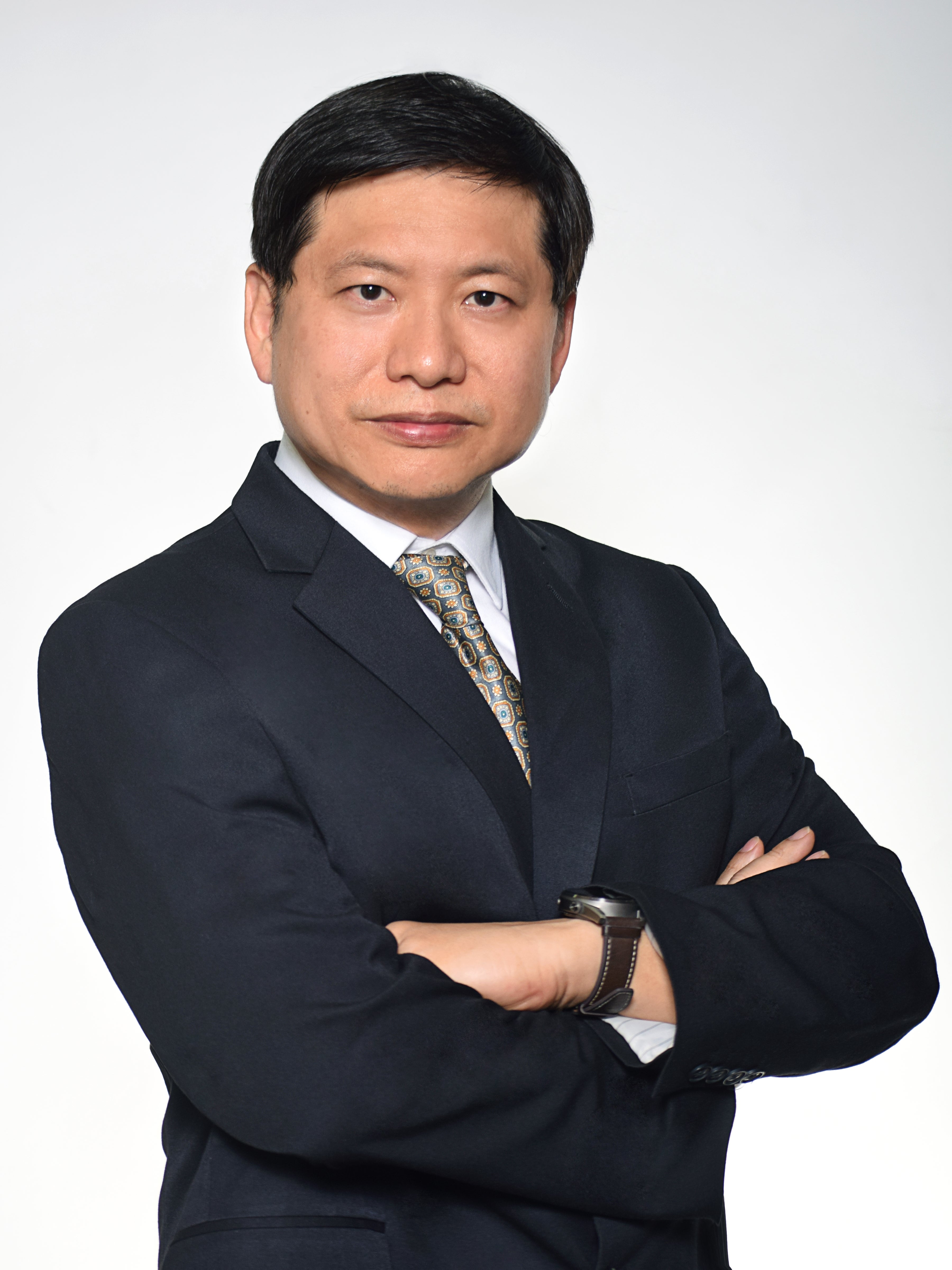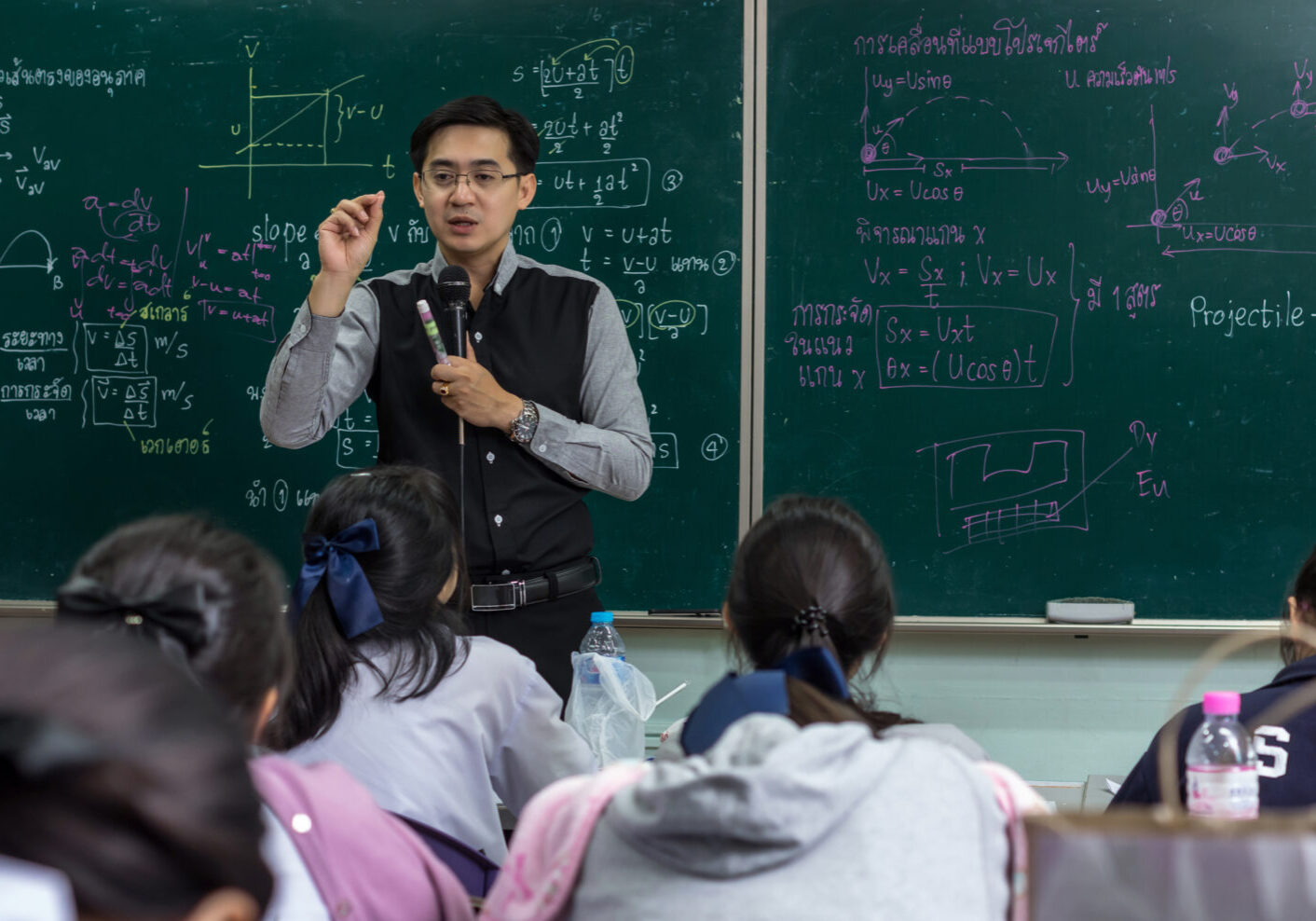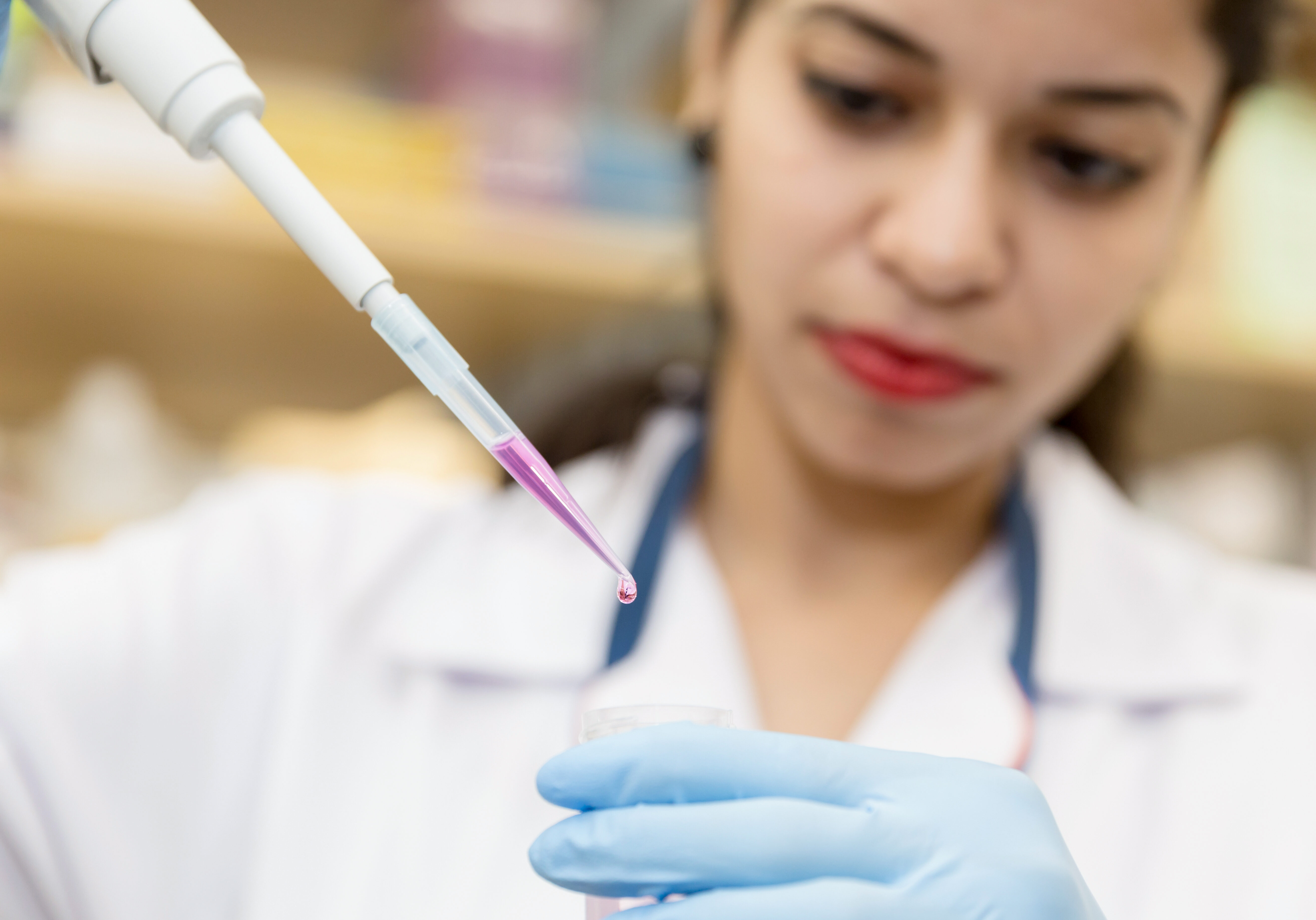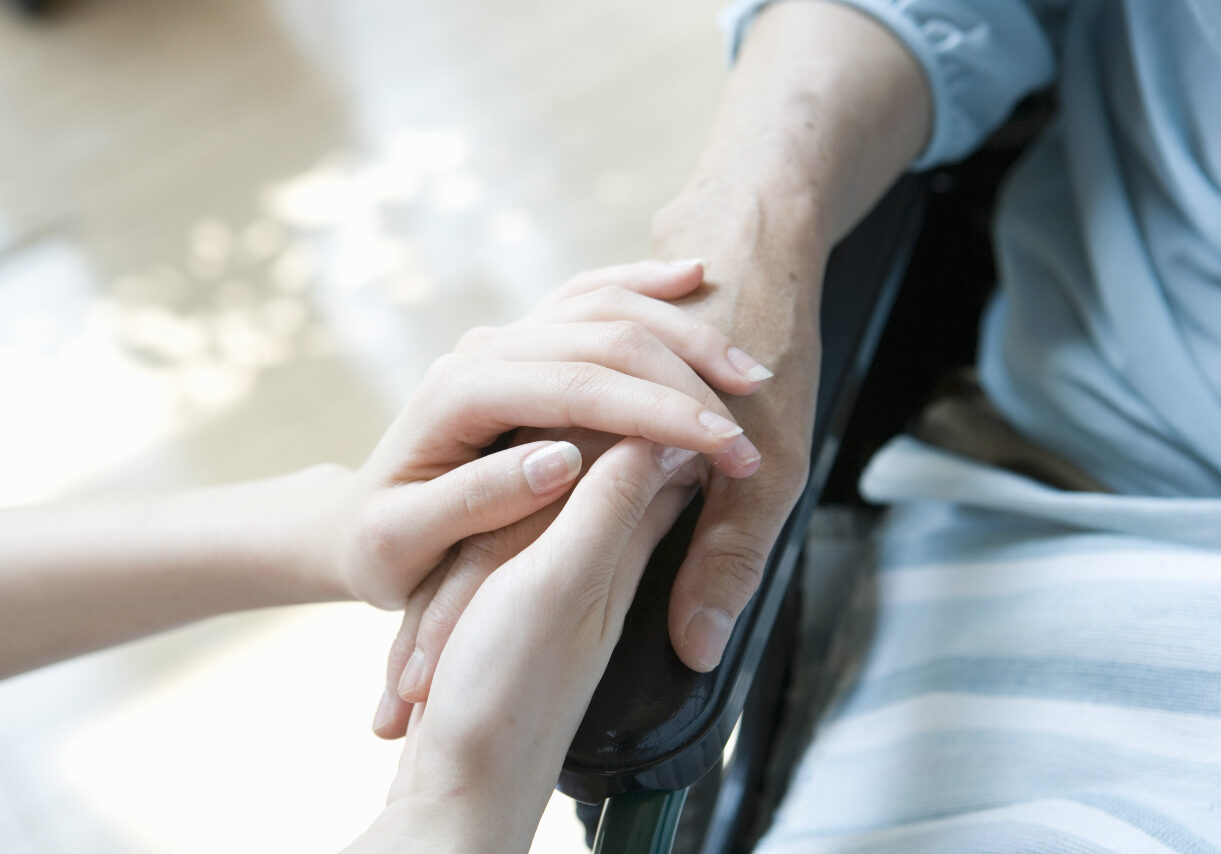Message from the Head of Department
Welcome to the website of the Department of Pathology at the National University of Singapore Health Systems in Singapore. With 81 faculty and staff from the National University Hospital and the National University of Singapore Yong Loo Lin School of Medicine, this is one of the largest academic pathology department in the region. The department enjoys an outstanding reputation of clinical excellence and scholarship achievements since the first University Department of Pathology was established.
Each year the department handles over 33,000 specimens from NUH and other hospitals in Singapore and the region, providing a full range of services in histopathology, cytopathology and frozen section consultations. With diverse subspecialty expertise from dermatopathology to muscle pathology, our pathologists are supported by a complete array of advanced ancillary techniques including immunohistochemistry, electron microscopy and molecular biology. In addition, as the provider of histopathology services to the entire healthcare Cluster, the department is one of the busiest in Singapore. The wide range of clinical material provides outstanding training and research opportunities for our residents and faculty.

We are very proud of our educational achievements, with the department consistently receiving high teaching scores and favourable feedback from our medical, dental and pharmacy students. Our pathology e-learning resource, Pathweb is used by medical students in Singapore and internationally. The department received the Undergraduate Teaching Excellence award for 2014-2015 and our educators have repeatedly won Faculty Teaching Excellence Awards. Our Pathology Residency Program is highly regarded for the consistent and excellent performance of our residents at the annual Residency In-Training Examination (RISE) assessments and having the lowest resident withdrawal rate. Since the start of the Residency Program in 2010, we have successfully graduated 1-4 pathologists annually, with 100% pass rate at the intermediate ABMS(I) Examinations and 100% first-time pass rate at the Exit FRCPA or FRCPath Part 2 Examinations.
The department has also provided training opportunities for technicians and pathologists in neighboring countries across various subspecialties of histopathology.The department also organizes international pathology conferences such as the NUS Cytopathology Course, the NUS-MD Anderson Histopathology Workshop and the NUHS Lymphoma Workshop.
The department is active in international work and our faculty have regularly been sought after as speakers at international conferences and workshops. Quite a few faculty members are External Examiners and Visiting Professors in reputable medical schools and Universities in the region. Our faculty sit on the editorial boards of pathology journals, as well as the Scientific Advisory Boards of pharmaceutical and biotechnology companies. Many participate in pathology societies such as the International Lymphoma Study Group and hold leadership roles in international organizations such as the Laennec Liver Society, the Asian Network of Research Resource Centres and the Royal College of Pathologists. Six of our pathologists are invited authors of the WHO Classification of Tumours, in six different subspecialties.
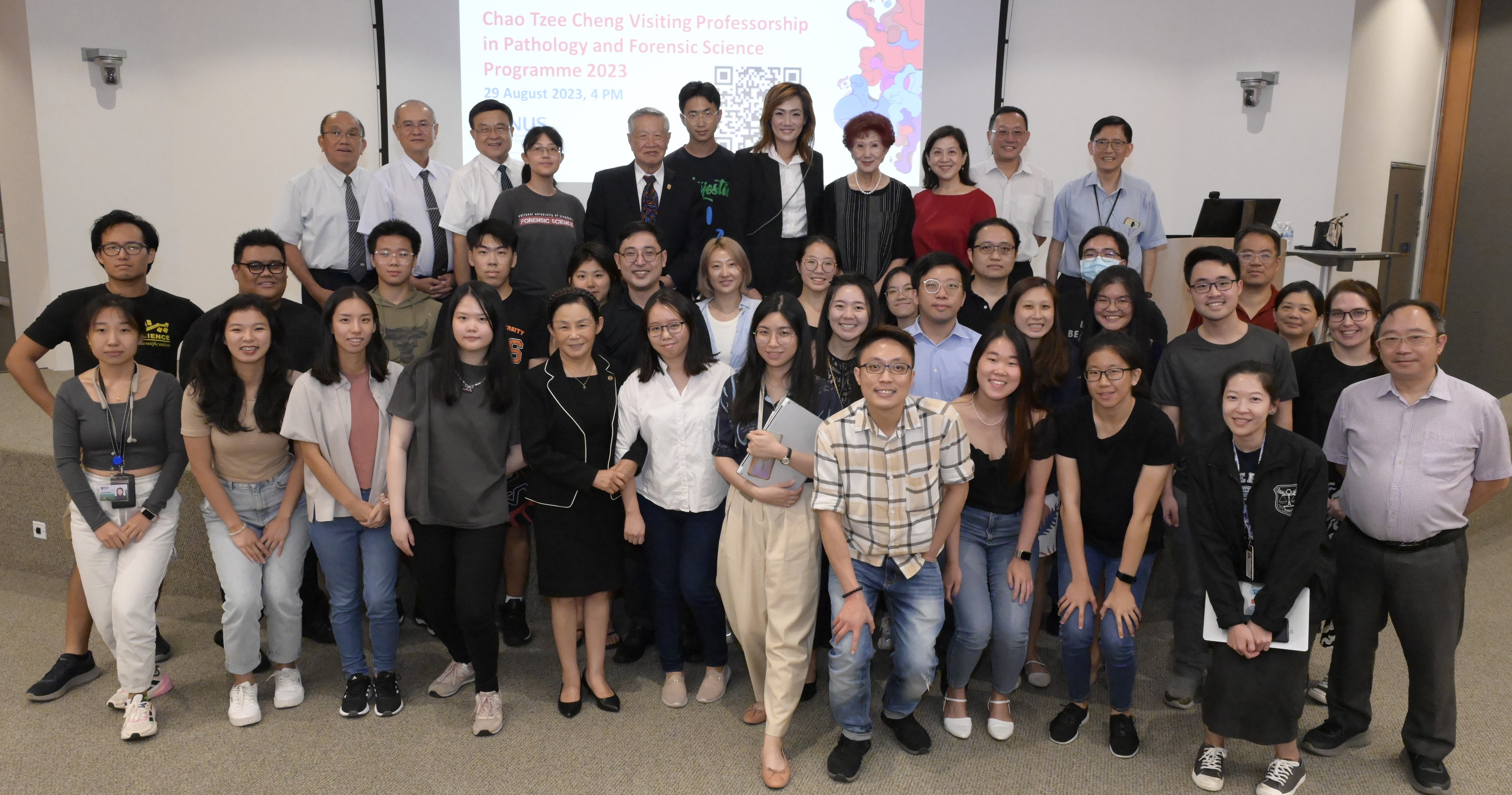
Translational research is a high priority of the department. In addition to the available national and institution-based grants, the department has also set aside research facilities, support staff and funding to help our Residents and young faculty develop their research career. Apart from the scientists, post-docs and graduate students in the department, our staff pathologists and Residents also collaborate with eminent scientists in our A*STAR Research Institutes, who also hold joint appointments in our department. Our investigators have achieved breakthroughs in various fields including haematopathology, soft tissue pathology and gastrointestinal pathology.
As part of a thriving and innovative academic community at the National University of Singapore, the Department of Pathology offers unique opportunities for both pathologists and scientists to develop their clinical skills and advance their professional careers. Please feel free to navigate our website and learn more about the Department of Pathology.
Victor Lee Kwan Min, MBBS, FRCPath
Associate Professor and Head
Department of Pathology
Vision
Transforming and Enhancing Healthcare Through Pathology
Mission
Education
Educating and nurturing students through effective innovative pedagogies and
technological enhanced-learning
Research
Pursuing high quality impactful research through strategic grant applications, collaborative networks and industrial partnerships
Clinical
Excellence in pathology services regionally
and internationally, by delivering precise,
timely, and innovative diagnostic solutions
Our History
The Department of Pathology had its early beginnings with its headquarters at the then General Hospital in Singapore. It was for many years the only laboratory serving the hospitals and medical practitioners in Singapore. Its work then included routine clinical pathology, much of which in the early days consisted mainly of blood films for malarial parasites and routine examinations of faeces and urine. Routine bacteriology, vaccine preparations and serology were also done.
In 1905, when the medical school was established, Dr G A Finlayson was the first Government Pathologist appointed to head the department. At that time, the Chair of Pathology had not been established, and the Government Pathologist undertook and was in charge of all teaching of medical students, as well as medical laboratory technicians. Dr Finlayson's tenure ended in 1926.
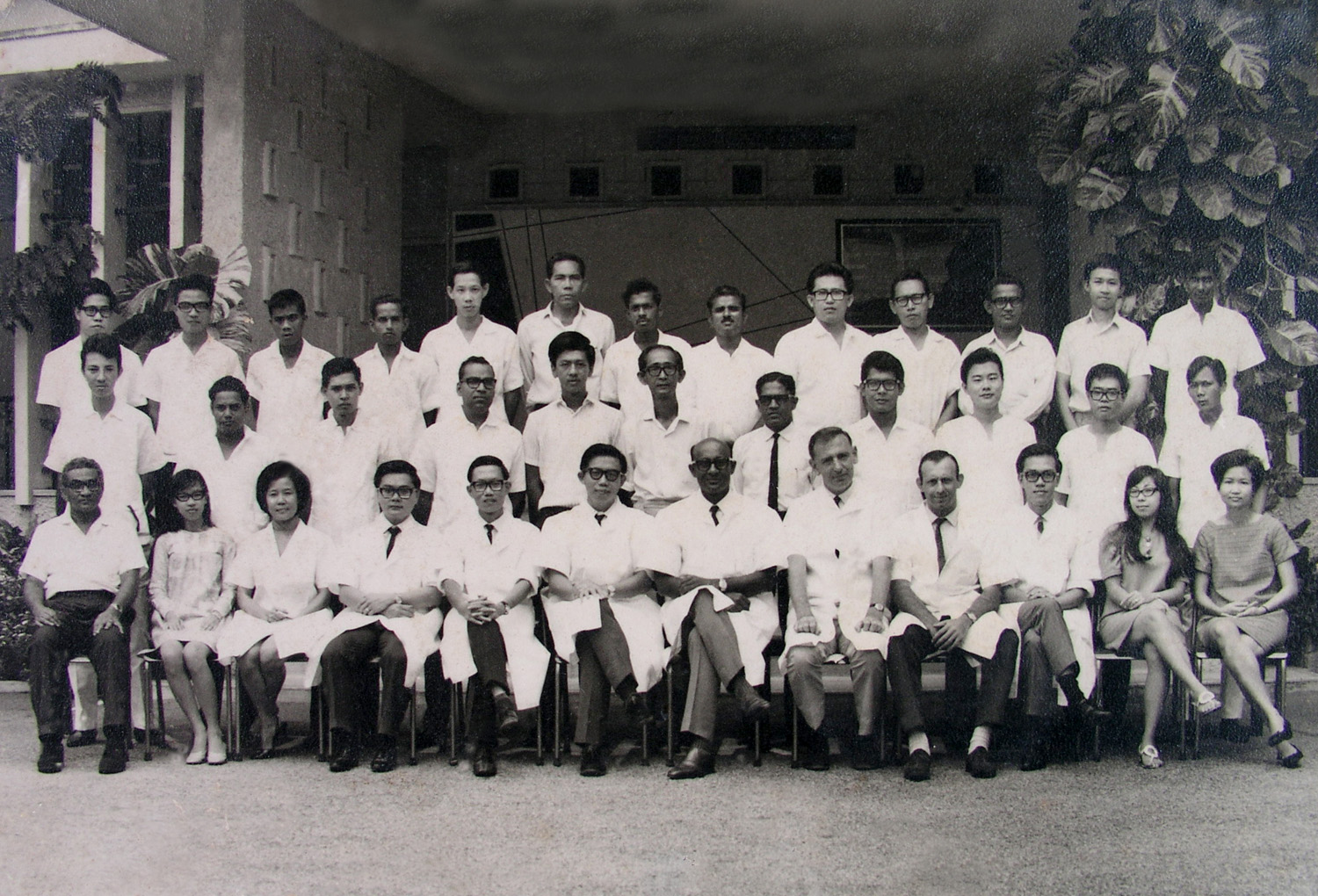
Dr J C Tull was the next Government Pathologist, appointed in 1926. He was also the honorary physician to the Governor of Singapore. He concurrently held the Chair in Pathology in the then King Edward VII College of Medicine, till his retirement in 1936. He was succeeded in the same year by Professor J A Cowan, who held the position for a brief period till 1937. The next incumbent to the Chair was Professor H O Hopkins, who held the position from 1937 to 1941.
The Second World War saw the Japanese occupation of Singapore from 1941 to 1945. The University of Malaya was established in Singapore in 1949, whereupon the then King Edward VII College of Medicine became the Faculty of Medicine of the University. From 1941 to 1955, the Chair of Pathology was left vacant. Teaching during the ten years after the war, from 1945 to 1955, was undertaken mainly by Dr C Subrahmanyam (who was Government Pathologist from 1947 to 1954) and Dr T Balasingam, Senior Lecturer in Pathology of the University. Dr L S da Silva and Dr R A Cumming assisted in the teaching of Pathology during the first two post-war years. Dr da Silva subsequently became the Government Pathologist in 1954. He was succeeded by Dr K Shanmugaratnam in 1957.
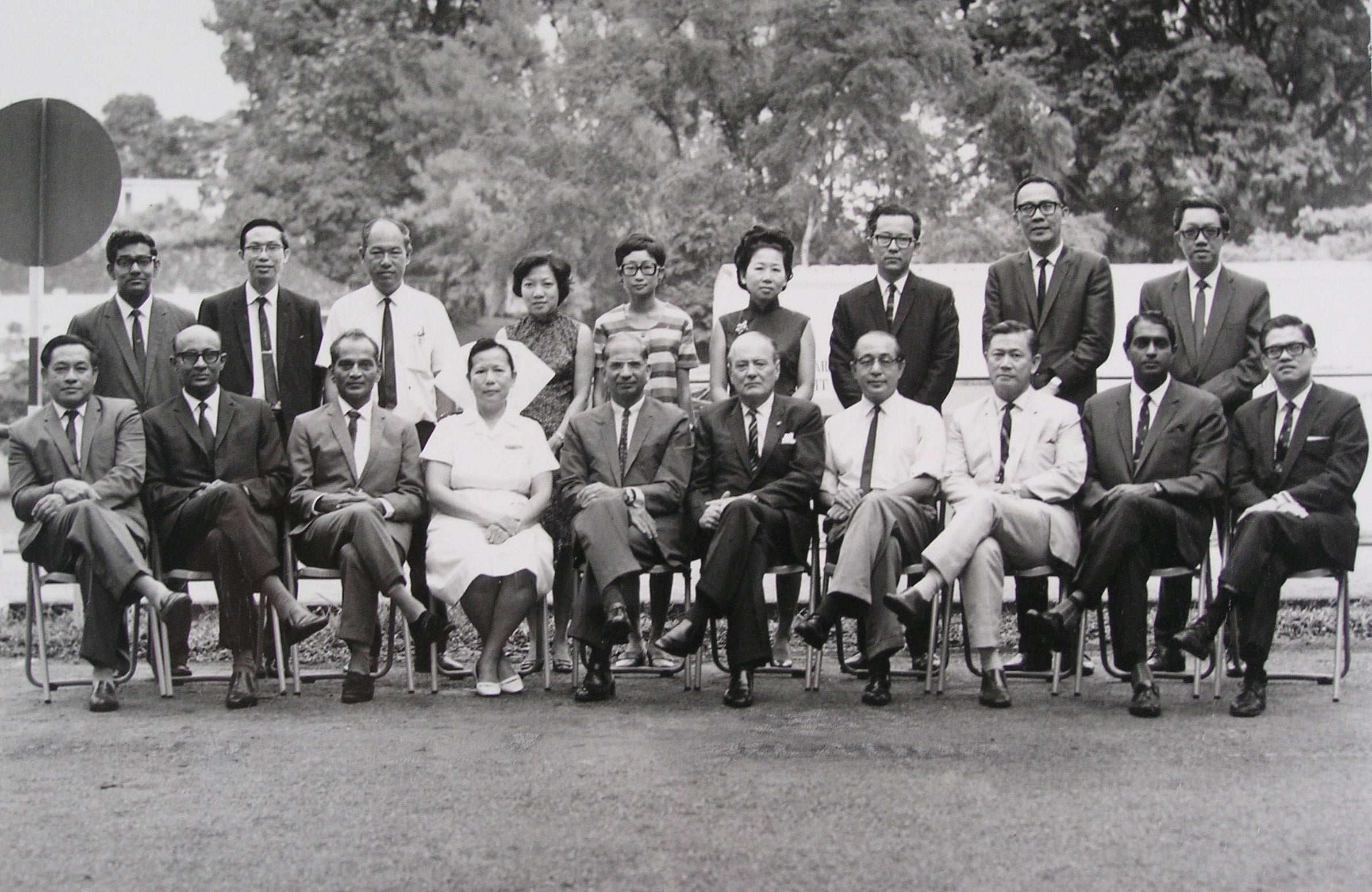
The first incumbent to the Chair of Pathology in the University of Malaya was Professor R Kirk, who was appointed in 1955.That year saw the creation of an independent Department of Pathology of the University, headed by Professor Kirk. The University department was essentially a department of Anatomical Pathology (Histopathology), with emphasis on teaching and research. Professor Kirk vacated the Chair in 1960, and was succeeded in the same year by Professor K Shanmugaratnam who was till then the Government Pathologist. With Professor Shanmugaratnam's appointment to the Chair and through his initiation, the department took on routine service diagnostic functions in Anatomical Pathology (Histopathology) for the General Hospital and the Kandang Kerbau Hospital for Women, albeit still with emphasis on teaching and research as a University academic department.
ln 1967, Professor Shanmugaratnam established, within the department, the Singapore Cancer Registry, which is an islandwide registry for cancer. Professor Shanmugaratnam retired as head of the department in 1982, but remained as Professor in Pathology till 1986.
Professor Edward P C Tock assumed headship of the department in 1982, holding this position for fourteen years till 1996.During his headship tenure, the National University Hospital was commissioned for service as a public general and teaching hospital over the period 1985 to 1987. The department moved from the grounds of the Singapore General Hospital at Sepoy Lines to its present location at the National University Hospital, in 1985. Apart from its functions in teaching and research, the department was providing diagnostic service in Anatomical Pathology (Histopathology and Cytopathology) for the National University Hospital and the then Alexandra Hospital. Professor Tock retired as head of the department in 1996. He was succeeded by Professor Y S Lee who headed the department from 1996 to 2000. Assoc Prof S M Chong in turn was department head from 2000 to 2004. Thereafter, Professor Teh Ming headed the department from 2004 to 2016. The current head since 2016, is Assoc Professor Tan Soo Yong.
Compiled and written by The Late Professor Edward P C Tock in December 1999
Updated: October 2024


